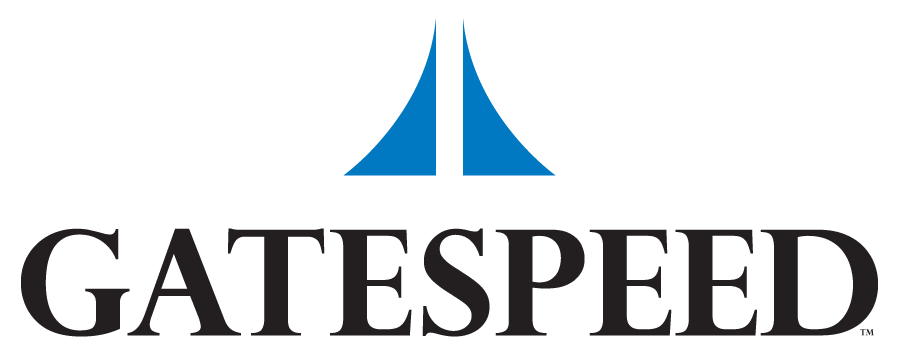
GateSpeed - The Problem & Our Solution
The Problem:
Open source solutions have proliferated in network operations. However, their cost advantages are often outweighed by complex integration required to achieve enterprise scale. Some teams have achieved more success than others, but these systems remain fragile and require constant attention.
The need for a robust and scalable platform that leverages open source gains is still the holy grail for network operators and their most important customers’ application teams. The DPDK intervention in bypassing bottlenecks that Linux presents to network operators is a case in point.
Kernel Bypass Methods, Limitations: Intel’s DPDK and other kernel bypass methods were created to overcome OS limitations but focused solely on low-level data movement.
To be practical for application developers, additional software layers were necessary. Open-source stacks like VPP aimed to resolve some of these problems, but integrating these stacks with DPDK is challenging.
The GateSpeed Solution:
Our software stack eliminates the bottleneck between network interfaces and applications. It combines scalability and efficiency and seamlessly integrates with customer networks and application infrastructure.
Efficiency:
CPU-based and competitive with ASIC solutions. It can perform layer 3 forwarding of packets at 200 Gbps with a single Intel Xeon CPU core with additional headroom of up to 80% remaining. The efficiency translates into as much as an 8 to 1 reduction in RAM buffer requirements and greater performance for applications.
Scalability:
A key strength lies in GateSpeed’s linear scalability across CPU cores and CPU types (e.g., Low-cost Atom chips to high-performance Xeons), allowing it to adapt to evolving network infrastructure requirements. Scaling to higher packet processing performance simply requires the use of additional CPU cores. In contrast, DPDK does not scale linearly beyond 2 cores. GateSpeed is prepared for the imminent surge in network speeds driven by forthcoming terabit Ethernet (200, 400, 800, 1000 Gbps) standards.
Extended Capability:
GateSpeed has developed numerous technologies and integrated applications at various network layers including NAT, TCP, firewall, session-level application bandwidth management, load-balancing, VPN, NGINX and Apache web servers. These offerings allow developers to quickly integrate custom applications from layer 3 level and up and provide key network features to reduce integration time.
The GateSpeed Software Stack:
-
Advanced packet processing engine.
Optimized DPDK for multi-core scalability Proprietary: Packet filter | Proxy | Scheduler -
Dedicate core capacity to revenue generation Increase max number of users & applications Increase multi-tenancy capabilities
-
Multi-Cloud | CDN | MEC | ISP | Data Center
-
ISO image and SDK options available
GateSpeed’s Unique Approach
GateSpeed’s approach to throughput optimization has many unique benefits and capabilities:
Application Availability / Acceleration: NGINX with GateSpeed shows exceptional performance demonstrated by its throughput for 64 byte HTTP requests: 1 core - 238 Kpps, 8 cores - 1.74 Mpps.
Linear Scaling: Throughput scales with each additional core, enabling line speeds (Stock DPDK linear scaling maxes at 2 cores). For example, in S/W only encryption IPSec VPN: 2 cores - 30 Gbps, 6 cores - 92 Gbps.
CPU Core Efficiency: Achieves 200 Gbps L3 Forwarding in a single core with up to 80% headroom remaining.
Hardware Acceleration Options: QAT integration with on-chip crypto acceleration further enhances performance. E.g., 100 Gbps IPSec VPN with 4 cores: 2 cores using Intel QAT and 2 cores using software encryption.


